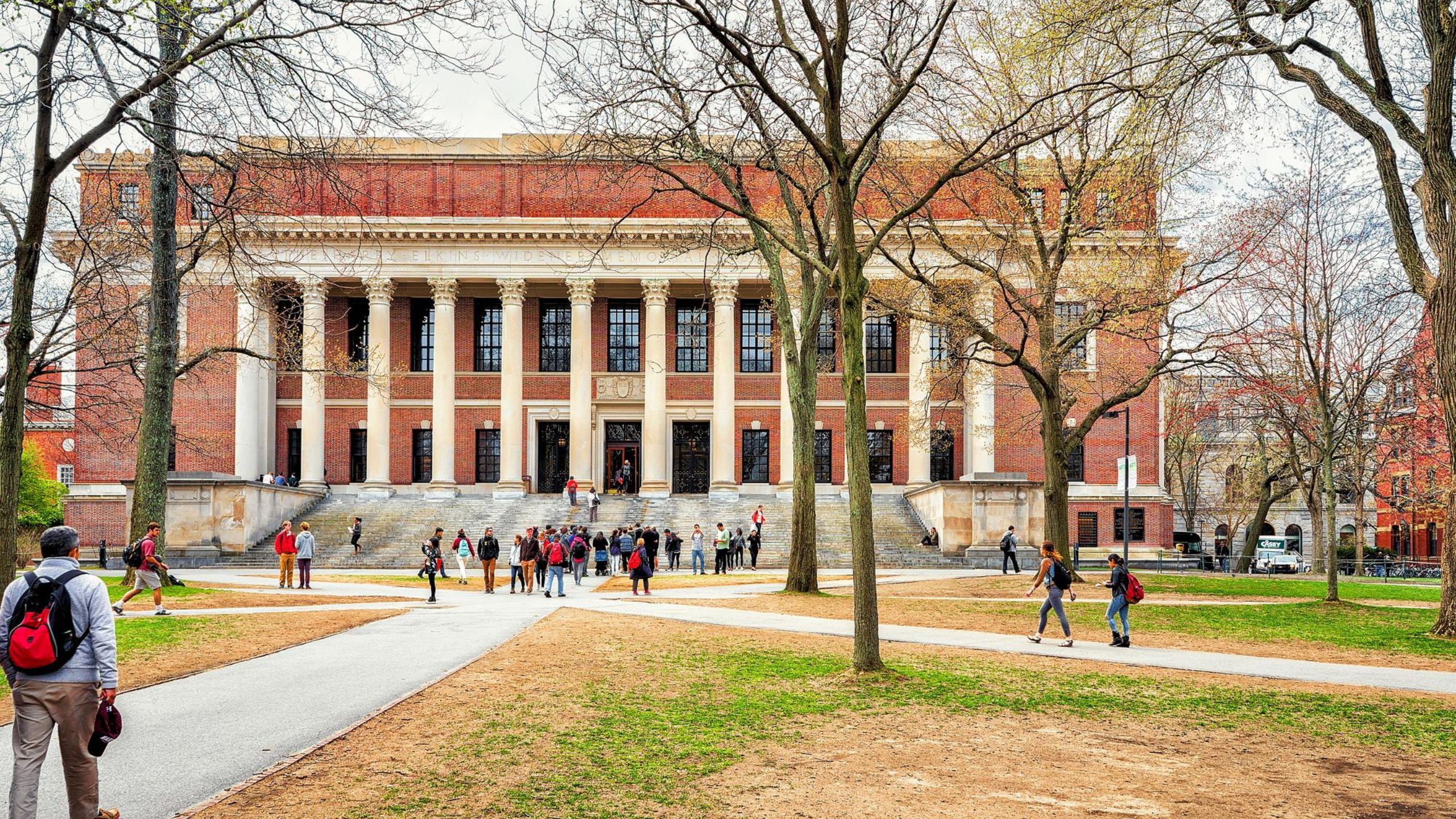Colleges in the U.S. have recently been faced with the difficult reality that program cuts are quite open, thus dismantling students’ dreams and academic plans. Given the rising operational costs, dwindling enrollment, and sunset of federal COVID relief funds, institutions of higher education across the country have been compelled to make hard choices if they are to remain afloat. From large universities down to smaller colleges, it’s a pattern: programs slashed, majors cut, and students on their own to readjust plans in light of an education system in rapid flux.
The Hard Reality Behind College Program Cuts
One of the most striking examples could be the story of Christina Westman, a student at St. Cloud State University in Minnesota. Westman had planned to work as a music therapist with patients with Parkinson’s disease and stroke. But the university scotched her plans when it announced it was axing its entire music department, along with 42 degree programs and 50 minors, altogether. For Westman and so many others like her, these cuts have implications that extend much further than a hassle or two, reaching deep into uncertainty and nervousness when it comes to finding new academic paths.
The latest decisions are not singularly in the case of St. Cloud State University. Campuses and colleges nationwide are racing against time to alleviate similar challenges. The slide in college enrollment that began during the pandemic has squeezed budgets. Some had hoped that, with vaccines rolling out and health conditions improving, enrollment figures would recover to pre-COVID levels. Reality has not provided much grounds for optimism. A shrinking pool of high school graduates—because of lower birth rates during the Great Recession—has been offset by fewer students choosing to pursue higher education right after graduation. Coupled with rising costs and reduced federal support, these factors have forced colleges to face their new financial reality.
The Impact on Students and Faculty
The cuts are not only about cost-cutting measures or reducing workforce but they also hinder students whose time, money, and efforts are already invested in the pursuit of their fields of studies. With the cutting of programs, this leaves students in a lurch, either having to transfer to another institution or sometimes even change majors. If students are in highly specialized or smaller programs, the opportunities to continue elsewhere may be sharply limited, and the disruption can be wrenching.
It is not just the students who feel the impact; faculty members as well are hard hit, since many have spent teaching and mentoring careers with these very students majoring in the programs now being eliminated. For instance, at St. Cloud State University, music professor Terry Vermillion lamented the loss of the music department. He retired this spring after 34 years, saying that the pandemic had already taken a toll on music programs around the country. Virtual classes and Zoom rehearsals proved to be very inadequate for teaching music effectively. Just as these programs were getting off the ground, the decision to axe them has dealt another blow, putting both students and faculty in an uncertain position.
Part of a Larger Higher Education Trend
Program cuts at St. Cloud State University are part of a larger trend hitting colleges and universities across the United States. Large and small—institutions, public and private alike—have had to be hard-nosed about deciding which programs live and which die. Others have taken the more drastic action of shutting their doors entirely. Birmingham-Southern College in Alabama, Fontbonne University in Missouri, and Wells College in New York are some examples.
Experts say this is only the first wave. Even colleges that aren’t immediately cutting degree programs are scouring course offerings for programs that might be duplicative or under-enrolled. The humanities have been particularly hard hit, as fewer students major in these fields than 15 years ago.
With the pool of potential college students continuing to shrink and financial pressures bearing down, colleges and universities are being made to review strategies for sustainability. Some may innovate around a new way forward, while most will perhaps continue to struggle along until further cuts and eventual closure.
The Future of Higher Education
Program cuts in this new wave pose some quintessential questions to the future of American higher education. How will students who love these no-longer-available fields of studies be treated? How are colleges and universities to reconcile the pursuit of financial sustainability with the mission to provide broad and inclusive education? What has this trend boded for the long-term health of higher education?
For students like Christina Westman, the future remains uncertain. Scrambling to get into another university and a new place to live, she’s finally starting at Augsburg University in Minneapolis. Her story serves to remind that as much as cuts to programs might be fiscally necessary, they also strike deep into students’ lives and ambitions across the country.
Moreover, at such testing times, the institutions of higher learning should remember their role—imparting knowledge to humankind. Decisions taken now are going to decide the fate of education for generations to come; therefore, it becomes very important for the colleges and universities to find ways to support their students without jeopardizing their own financial viability.
Conclusion
The wave of program cuts washing across U.S. colleges is more than a budgetary adjustment; it constitutes part of a seismic change reshaping the very nature of higher education. Students and faculty find themselves in the crossfire as institutions deal with plummeting enrollment, soaring costs, and the end of federal relief funds that helped prop up operations through the pandemic. The future of higher education is based on the balancing act between financial sustainability and students’ academic and personal development. In a similar way that colleges continue to engage in hard choices, there comes the need to ensure that they address the well-being of their students and try as much as possible to meet their aspirations, as they have trusted them.





